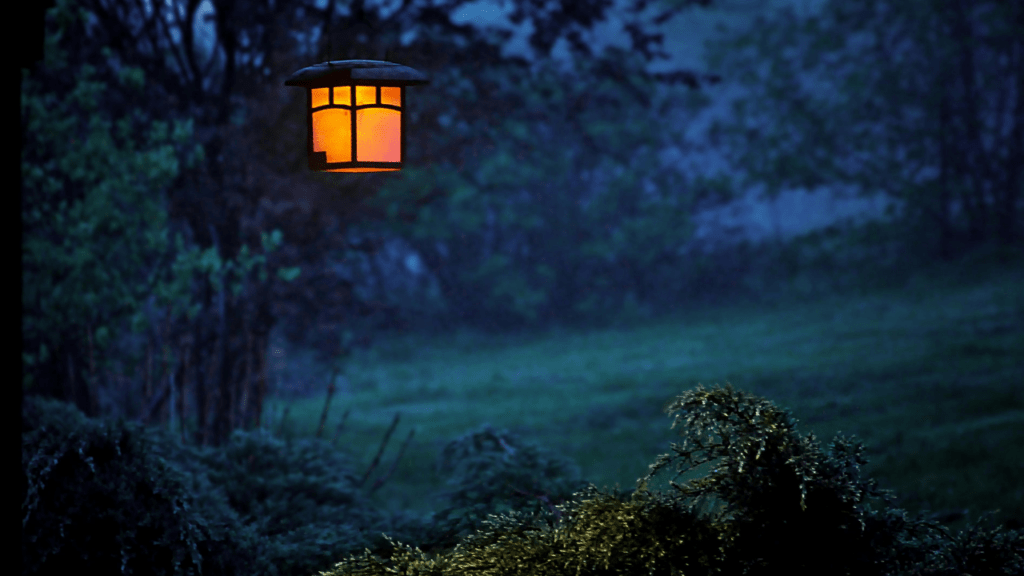For many people in recovery from substance use disorders, the changing seasons bring unexpected challenges. Mood fluctuations tied to seasonal shifts—particularly during fall and winter months—can complicate the recovery journey and increase vulnerability to relapse. Understanding the connection between seasonal mood patterns and addiction recovery is essential for developing effective year-round recovery strategies.
Understanding Seasonal Mood Changes and Recovery
While many people experience some degree of seasonal mood fluctuation, those in recovery from substance use disorders may be particularly vulnerable to these shifts. The reduced daylight hours of fall and winter can trigger biochemical changes in the brain that affect mood, energy levels, sleep patterns, and cravings.
These seasonal changes can affect recovery in several important ways:
Seasonal mood shifts can mimic post-acute withdrawal symptoms, making it difficult to distinguish between normal recovery progression and seasonal effects.
Changes in daylight exposure can disrupt sleep patterns, which are often already fragile during recovery.
Winter isolation and reduced outdoor activity can decrease access to natural mood enhancers that support recovery.
Holiday seasons often combine high-stress situations with increased exposure to substances, creating a challenging environment for maintaining sobriety.
The Science Behind Seasonal Changes and Mood
Seasonal mood changes stem from several interconnected biological mechanisms that can directly impact recovery:
Circadian Rhythm Disruption
The body’s internal clock relies heavily on light cues to regulate sleep-wake cycles, hormone production, and mood. During shorter daylight periods, these rhythms can become disrupted, affecting neurotransmitter balance and emotional regulation.
For people in recovery, this disruption can be particularly problematic, as many substances directly affect the same neurotransmitters implicated in seasonal mood regulation, including serotonin, dopamine, and melatonin.
Vitamin D Deficiency
Reduced sun exposure during winter months leads to lower vitamin D levels. Vitamin D plays an important role in mood regulation and has been linked to depression when deficient.
Those in recovery who already have nutritional deficiencies may be more susceptible to the mood effects of insufficient vitamin D.
Hormonal Fluctuations
Seasonal changes affect hormones like melatonin and cortisol, which influence both mood and stress responses. These hormonal changes can trigger emotional states that historically led to substance use.

Recognizing Seasonal Vulnerability in Recovery
Being aware of seasonal influences on mood and recovery helps develop proactive strategies. Warning signs that seasonal changes may be affecting recovery include:
Changes in Sleep Patterns
Difficulty falling asleep, staying asleep, or sleeping too much can indicate seasonal mood shifts that may complicate recovery.
Energy Fluctuations
Significant decreases in energy, motivation, and interest in activities typically enjoyed during recovery can signal seasonal effects.
Increased Cravings
Sudden increases in substance cravings without clear triggers may be related to seasonal mood changes.
Social Withdrawal
Pulling back from recovery support systems and social connections often precedes relapse and may be exacerbated by seasonal factors.
Negative Thinking Patterns
Increases in pessimistic thinking, hopelessness, or rumination about past substance use can reflect seasonal mood influences.
Evidence-Based Strategies for Navigating Seasonal Challenges
Several effective approaches can help maintain recovery momentum despite seasonal challenges:
Light Therapy
Structured exposure to bright light can help regulate circadian rhythms and boost mood during seasons with limited natural light. Light therapy typically involves sitting near a specially designed light box for 20-30 minutes each morning.
For those in recovery, light therapy provides a non-medication approach to managing seasonal mood changes that might otherwise trigger substance use.
Outdoor Activity
Even brief exposure to natural daylight, particularly in the morning hours, helps stabilize circadian rhythms and improve mood. Making a point to get outside daily, even on cloudy days, provides important light exposure.
Combining outdoor time with physical activity creates a powerful recovery-supporting combination.
Nutritional Approaches
Diet can play an important role in managing seasonal mood fluctuations. Foods rich in omega-3 fatty acids, complex carbohydrates, and proteins that support neurotransmitter production can help stabilize mood.
Vitamin D supplementation may be beneficial during winter months, particularly for those with documented deficiencies.
Consistent Sleep Schedules
Maintaining regular sleep and wake times regardless of seasonal light changes helps preserve circadian rhythm functioning and supports recovery.
Sleep hygiene practices become especially important during winter months, including limiting screen time before bed and creating sleep environments conducive to quality rest.
Enhanced Social Connection
Countering the natural tendency toward winter isolation by increasing recovery support group attendance, social activities, and connection with others helps prevent the loneliness that can trigger substance use.
Virtual recovery meetings can be particularly valuable during inclement weather or for those with seasonal mobility challenges.
Mindfulness and Stress Management
Seasonal transitions often bring additional stressors that can challenge recovery. Regular mindfulness practice can help maintain awareness of mood states, identify seasonal triggers, and develop appropriate responses before cravings intensify.
Structured stress management techniques become especially important during high-risk seasons like winter holidays.
Adapting Recovery Plans Through the Seasons
Effective recovery requires seasonal adjustments to support changing needs throughout the year:
Fall Preparation
As daylight hours begin decreasing in late summer and early fall, proactive planning helps prevent mood deterioration:
- Gradually increasing indoor light exposure
- Establishing consistent sleep and wake times
- Front-loading outdoor activities early in the day
- Reviewing and strengthening relapse prevention plans
Winter Maintenance
During the depths of winter, additional support often becomes necessary:
- Maximizing light exposure through both natural and therapeutic sources
- Increasing exercise frequency to combat lowered energy
- Enhancing connection with recovery supports
- Practicing intentional gratitude and positive focus
Spring Transition
The return of longer days brings its own challenges as energy levels and social opportunities increase:
- Gradually adjusting sleep schedules to align with changing daylight
- Monitoring mood shifts that may accompany hormonal fluctuations
- Balancing increased activity levels with continued recovery practices
- Preparing for seasonal events where substances may be present
Summer Strategies
Summer months offer natural recovery advantages but also unique challenges:
- Leveraging increased daylight for outdoor recovery activities
- Maintaining structure despite vacation disruptions
- Preparing for social gatherings where alcohol may be prevalent
- Banking the positive effects of natural light for upcoming seasonal changes
Special Considerations for Different Substances
Seasonal factors may affect recovery differently depending on the substance involved:
Alcohol Recovery
Alcohol use is often tied to social activities that change seasonally. Winter holidays and summer gatherings may present particular challenges for those in alcohol recovery, requiring specific seasonal planning.
Stimulant Recovery
Those recovering from stimulant use may experience more pronounced energy and motivation challenges during winter months, when natural energy levels typically decrease. Additional structure and activity planning can help compensate for these seasonal effects.
Opioid Recovery
Seasonal pain fluctuations, particularly for those with conditions affected by weather changes, may trigger thoughts of opioid use for pain management. Alternative pain management strategies should be adjusted seasonally.
Creating Year-Round Recovery Resilience
Building awareness of how seasons affect individual recovery journeys allows for the development of personalized strategies that build year-round resilience:
Recovery Journaling
Tracking mood, energy, sleep patterns, and cravings alongside seasonal changes helps identify personal patterns and develop targeted interventions.
Personalized Wellness Plans
Creating season-specific wellness plans that address individual vulnerabilities helps maintain recovery momentum throughout the year.
Preventive Planning
Anticipating challenging seasons and implementing support strategies before mood deterioration occurs significantly reduces relapse risk.
Working with Treatment Providers
Discussing seasonal patterns with healthcare providers ensures appropriate adjustments to treatment plans, including therapy frequency and potential medication adjustments during vulnerable periods.
Hope Through the Seasons
While seasonal changes can present real challenges to recovery, they also offer opportunities to build resilience and deepen recovery practices. By understanding the connection between seasonal factors and recovery experiences, individuals can develop proactive approaches that support year-round healing.
Recovery isn’t about avoiding life’s natural rhythms—it’s about learning to navigate them with awareness and skill. With the right knowledge and support, recovery can remain strong through every season.
Find Year-Round Recovery Support at Destination Hope
If you or someone you love is struggling with seasonal challenges in recovery, Destination Hope offers comprehensive treatment that addresses these unique needs. Our programs provide the tools and support necessary to maintain strong recovery through all of life’s seasons.
Call us today at 888-989-1479 to learn more about our approach to sustainable, year-round recovery.

